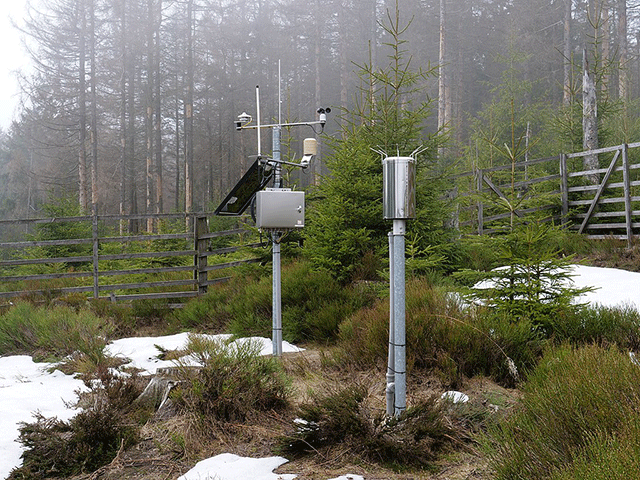What’s the difference between weather and climate?

“Weather” refers to the more local changes in the climate we see around us, on short timescales from minutes to hours, to days to weeks. Examples are familiar – rain, snow, clouds, winds, thunderstorms, sleet, and hail.
“Climate” refers to longer-term averages (which may be regional or global) and can be thought of as the weather averaged over several decades. Climate change is harder for us to appreciate because the timescales involved are much longer, and the impact of climate changes can be less immediate. Examples of climate change include sea-level rise, melting ice sheets and glaciers, shifting seasons, and more.
READ MORE
